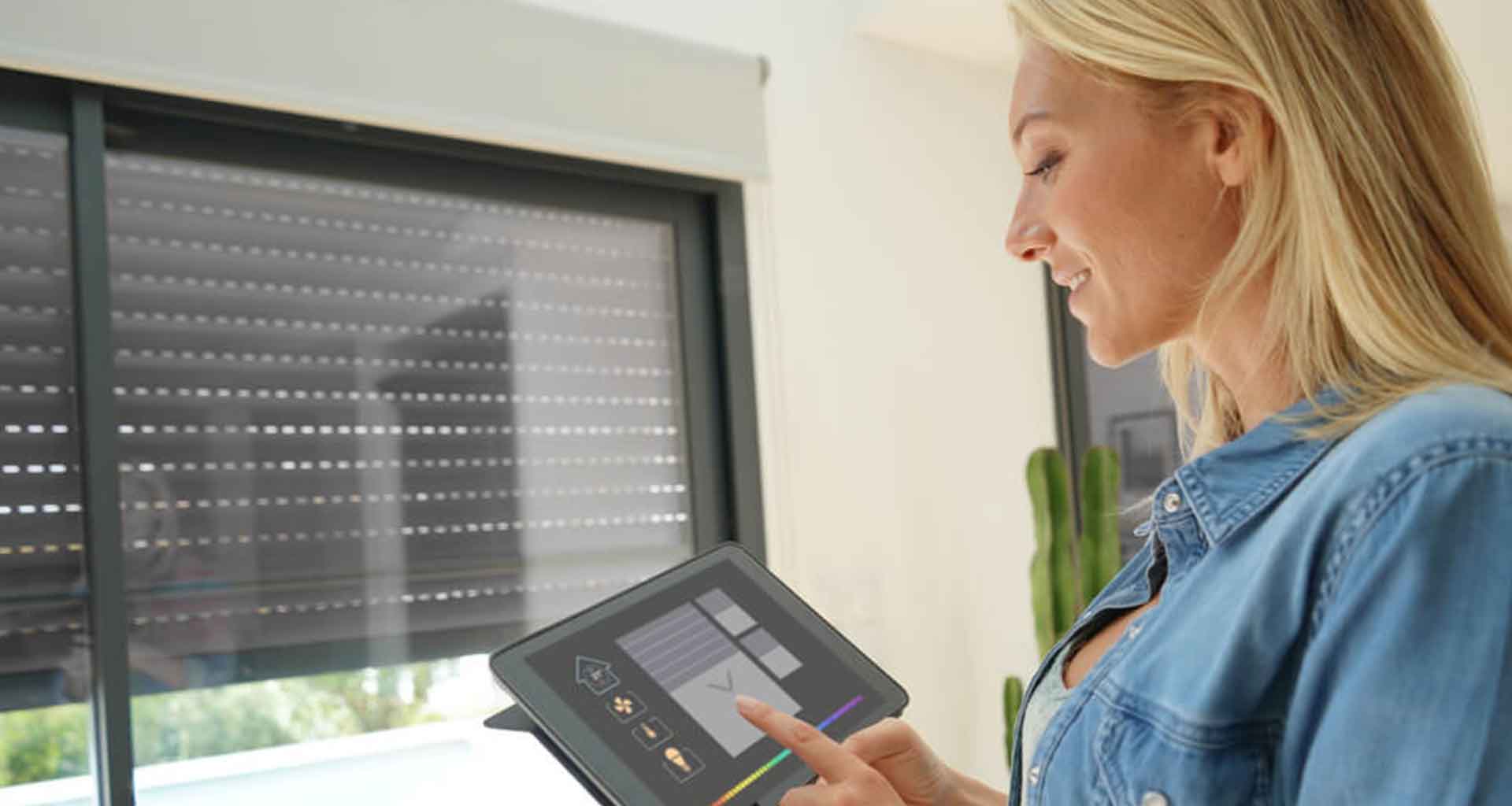Contents
The Taylors were delighted with their smart security system and decided to expand their connected home to include smart entertainment and HVAC systems. But after unboxing their new devices, they struggled to install them and couldn’t figure out how to configure the apps. After trying numerous times, they finally gave up and returned the systems. According to data from TechSee’s smart home experience survey, the Taylors are not alone in needing more effective support.
Improved smart home experience is on the rise
Driven by growing consumer demand for convenience, safety, security, and lower energy costs, the smart home technology market is growing steadily. According to a smart home report, 40% of the US population have already adopted such devices, with smart speakers (49%) and smart thermostats (32%) being the most popular gadgets.
 Factors that contribute to smart home adoption
Factors that contribute to smart home adoption
For smart devices to gain wider adoption, however, suppliers must focus on removing any technological challenges that may cause friction for customers.
Simplicity is key to better smart home experience
The majority of respondents stated that when they buy a new device it is very important that it is;
- easy to use (52%), and
- simple to install (51%).
Meanwhile, most consumers are certain or likely to return a product if they find it complicated. Consumers found that the trickiest devices to install are;
- smart thermostats (13%), and
- smart security cameras (11%).
Furthermore, the smart home consumer survey revealed that the most challenging tasks are;
- troubleshooting (22%),
- syncing with other devices (15%) and
- syncing a device with its app (11%).
As John Koetsier of Forbes describes, “Having just had to update our Chamberlain smart garage door openers for our updated home WiFi name, we found that the instructions in the app were actually wrong, and if my wife hadn’t found correct instructions online, we’d still have “smart” garage door openers with no more functionality than traditional “dumb” ones.”
Customer experience for smart home is crucial
“Heavy users,” those who have four or more smart home products, found it almost twice as easy to install various new devices compared with “light users,” those who own just one or two devices. With some products, this gap widened even further; 11 percent of light users found it hard to set up and install smart thermostats while only 4 percent of heavy users experienced any difficulty.
Consumers’ growing demand for visual self-service
Visual self-service is the process that enables customers to visually onboard smart home products without requiring the help of a technician or a contact center agent. It is emerging as the preferred method of device setup, installation and activation. The vast majority (78%) prefer to onboard a new device in self-service mode, with how-to videos ranking as the top method (55%). Despite this clear preference for self-service, however, 16% of consumers still end up calling a contact center for smart home support.
Virtual Assistants expected to play a key role
With more interoperable devices raising more complex issues, virtual assistants such as Alexa, Siri, and Google Assistant are now expected to evolve to handle the ever-growing demands of the connected consumer. Smart home surveys indicate that 54% of us are willing to use personal assistants to walk us through setup and usage to enhance the overall smart home experience, rising to 68% of consumers who already own a smart speaker.
Smart home report shows promising potential
It’s clear that manufacturers and suppliers must focus on providing user-friendly self-service smart home support channels designed to enable easy self-installation. It’s important to cater to novice as well as more experienced smart home device users. And the time to act is now, as the market is growing rapidly and has been predicted to reach $151.4 billion by 2024.
For a snapshot of the headline findings of the study, click here to access an illuminating infographic – and to download your copy of the smart home survey report that explores the link between simplicity of use and the adoption of connected devices, click here.

 Factors that contribute to smart home adoption
Factors that contribute to smart home adoption




